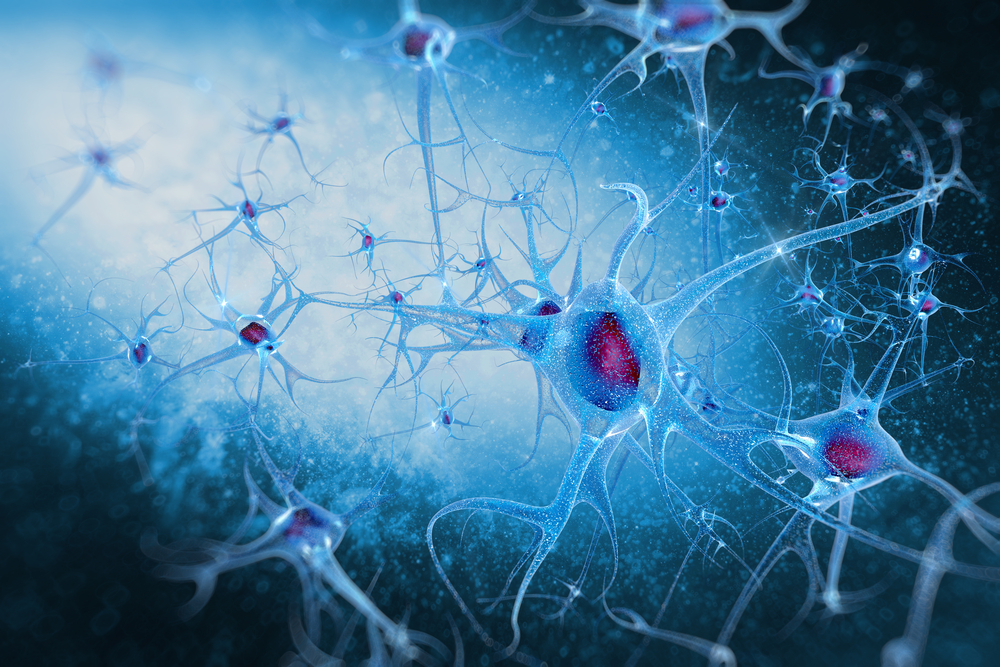New Spinal Muscular Atrophy Review Explores Evidence of Disease’s Genetic Mechanisms

 A recent review explored the current evidence regarding the genetic mechanisms implicated in Spinal Muscular Atrophy and its potential applicability for the development of treatments.
A recent review explored the current evidence regarding the genetic mechanisms implicated in Spinal Muscular Atrophy and its potential applicability for the development of treatments.
The review entitled “The Genetics of Spinal Muscular Atrophy: Progress and Challenges” recently published in the journal Neurotherapeutics, was conducted by Michelle Farrar from the Department of Neurology, Sydney Children’s Hospital and Matthew Kiernan from the Brain & Mind Research Institute, University of Sydney in Australia.
Spinal muscular atrophies (SMAs) are a group of inherited disorders characterized by motor neuron loss in the spinal cord and lower brainstem, muscle weakness, and atrophy. SMA has an incidence of 1 in 6000–10,000 live births and a carrier frequency of 1 in 40–60 adults. The disease typically presents in infancy or childhood, leading to severe physical disability. Broad categories of SMA include proximal SMA and distal SMA (DSMA, also known as hereditary motor neuropathy or dHMN), demonstrating considerable genetic and clinical heterogeneity.
The most common form of SMA is caused by homozygous disruption of SMN1 on chromosome 5q and results in insufficient levels of SMN protein in motor neurons. With next generation sequencing technology gene discovery has been accelerated, and at the moment 33 causative genes have been identified.
[adrotate group=”3″]
In the review, Farrar and Kiernan note that the common pathophysiological themes in SMA research studies include defects in RNA metabolism and splicing, axonal transport, and motor neuron development and connectivity. The fact that the SMN1 gene was identified as an SMA-determining gene, unraveling the molecular, cellular, and physiological processes of disease, allowed researchers to understand that the development of the most common type of SMA relates to insufficient levels of SMN protein expression in motor neurons by homozygous deletion/mutation of SMN1.
Humans have a variable copy number of SMN2 (0–8 copies) from which SMN is solely derived in patients with SMA. SMN2 is almost identical to SMN1, except that a single translationally silent C to T nucleotide transition causes exon 7 skipping in the splicing of the majority of SMN2 transcripts, producing a truncated and unstable form of the SMN protein. This nucleotide change disrupts an exon splice enhancer sequence and creates an exonic splicing silencer element that binds the splicing repressor heterogenous ribonuclear protein (hnRNP) A1. A small fraction of SMN2 transcripts are spliced to include exon 7 and produce full-length SMN. The number of SMN2 copies and resultant amount of full-length SMN protein produced in patients with SMA (10–40 % of normal SMN protein levels) correlates with SMA disease severity.
The understanding of the molecular mechanisms implied in SMA has led to an interest in developing potential treatment strategies, with several clinical trials already in progress. Promising therapeutic strategies in development include small-molecule SMN enhancers, antisense oligonucleotides to correct SMN2 splicing, neuroprotectants, stem cell and gene therapies, and regulators of muscle function. At the moment, 26 clinical trials have investigated the effect of 12 potential treatments in patients with SMA. However, these have failed to show benefit due to several factors. As the authors state, even with the genetics of SMA subtypes there is significant variation in severity and progression rate throughout the lifespan, with the authors referring that this heterogeneity among clinical trial participants may potentially obscure treatment effects.
In the review, the authors note that while a number of promising therapies for SMA are emerging, defining therapeutic windows and developing sensitive and relevant biomarkers are critical to facilitating potential success in clinical trials. The authors acknowledge the researchers and clinical efforts in the molecular understanding of SMA and refer that the ultimate goal is the ability to translate these findings to effective treatments for patients.







